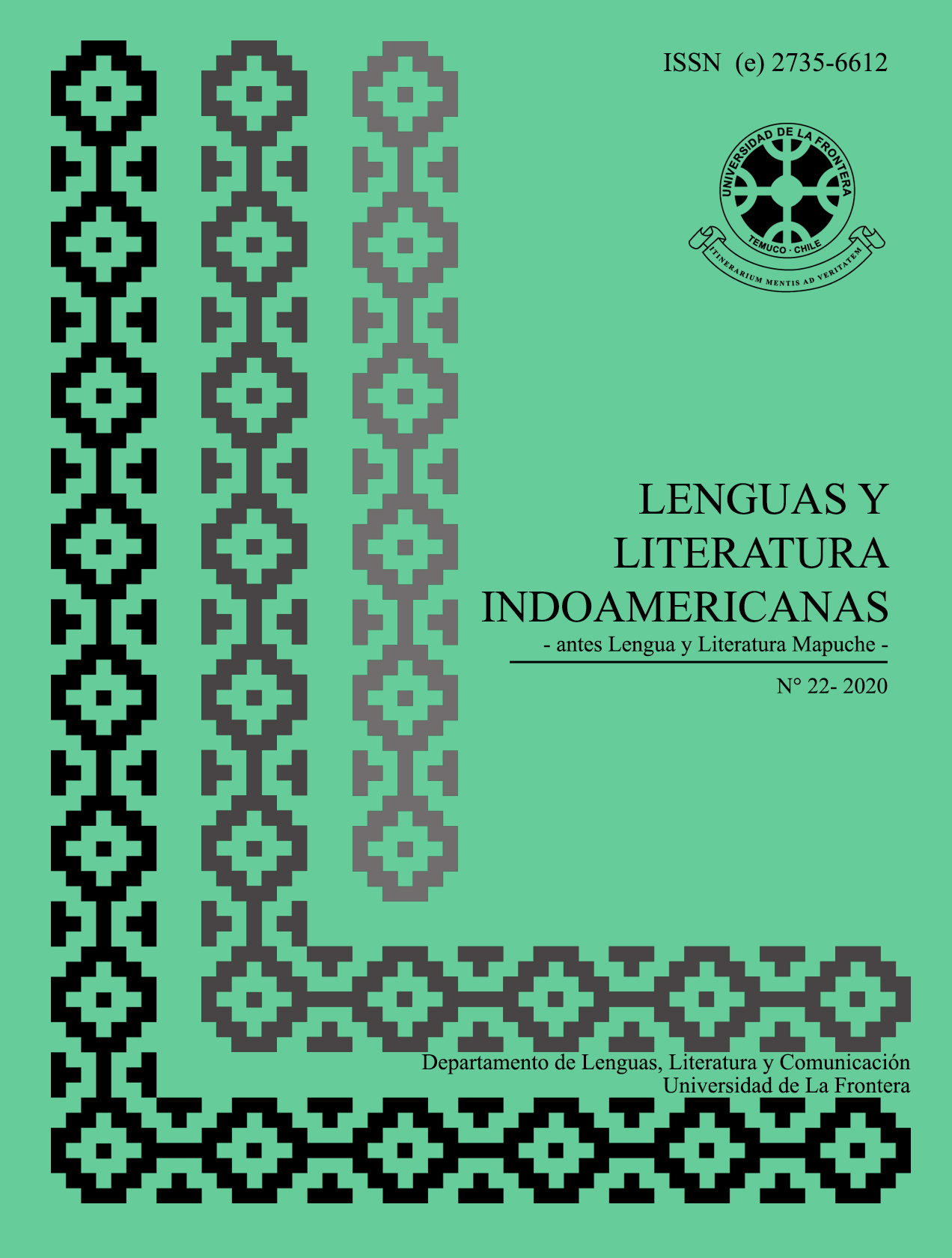Spanish and indigenous copyists and the process of alphabetization in Spain and Mexico during the XVI century.
Abstract
This article focuses in a general way on literacy and the types of scribes that occurred in Spain and Mexico during the 16th century. For this I present the historical context in which the scribes participated both in the West and in New Spain. In this way, it is possible to have an approach to key characters in the literacy process of both places. In addition, the different spaces where the scribes interacted will be exposed, such as the type of didactic materials that were used for the teaching of Christian doctrine. In the case of Mexico, the issue of indigenous clerks will be discussed, taking as reference three outstanding trades, in the process of evangelization in Indian society: notary, teacher of first letters and printer. Also, a catechism will be described in images and a primer, both made by Pedro de Gante.
Published
How to Cite
Issue
Section
License
Los autores/as conservan los derechos de autor y ceden a la revista el derecho de la primera publicación, con el trabajo registrado con lalicencia de atribución de Creative Commons, que permite a terceros utilizar lo publicado siempre que mencionen la autoría del trabajo y a la primera publicación en esta revista


